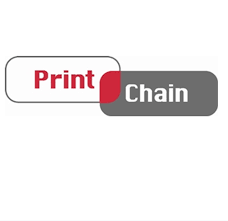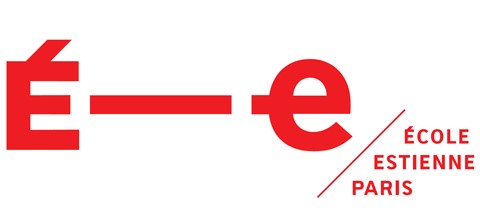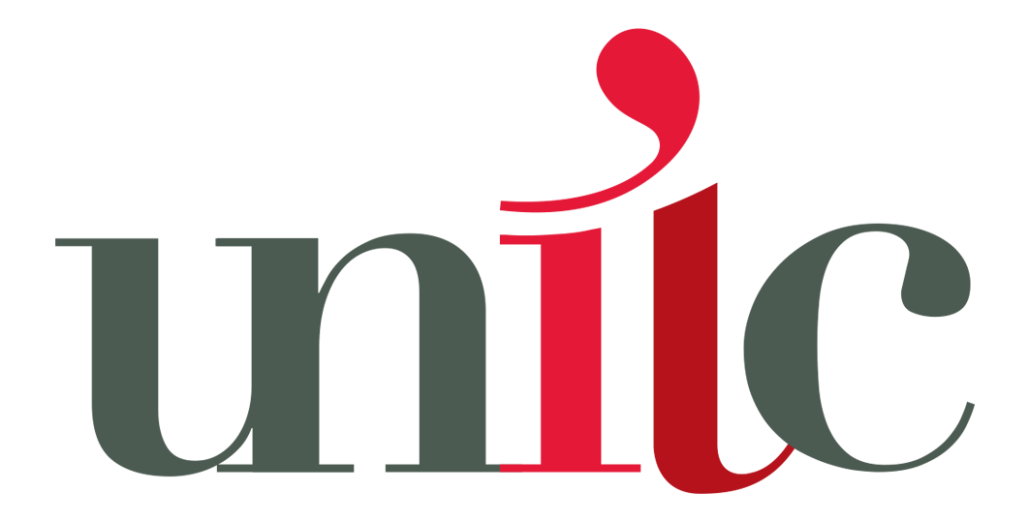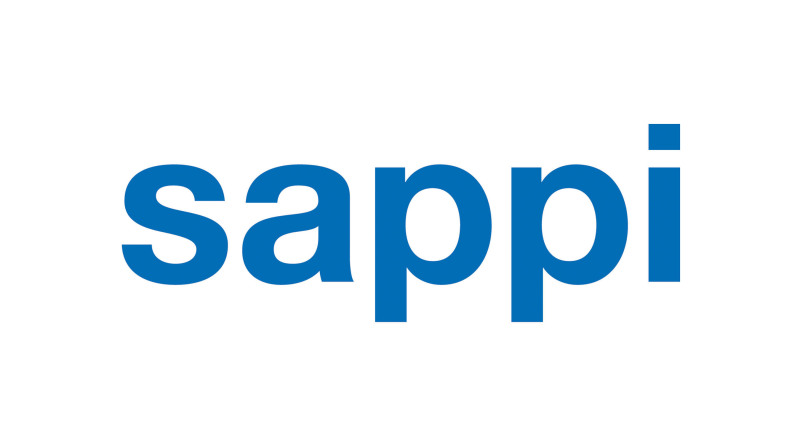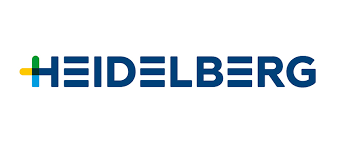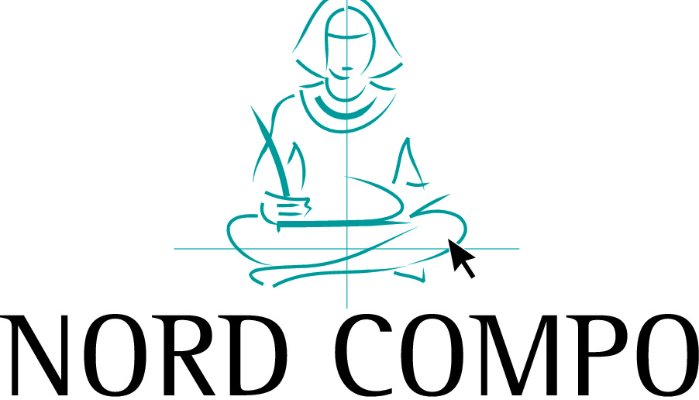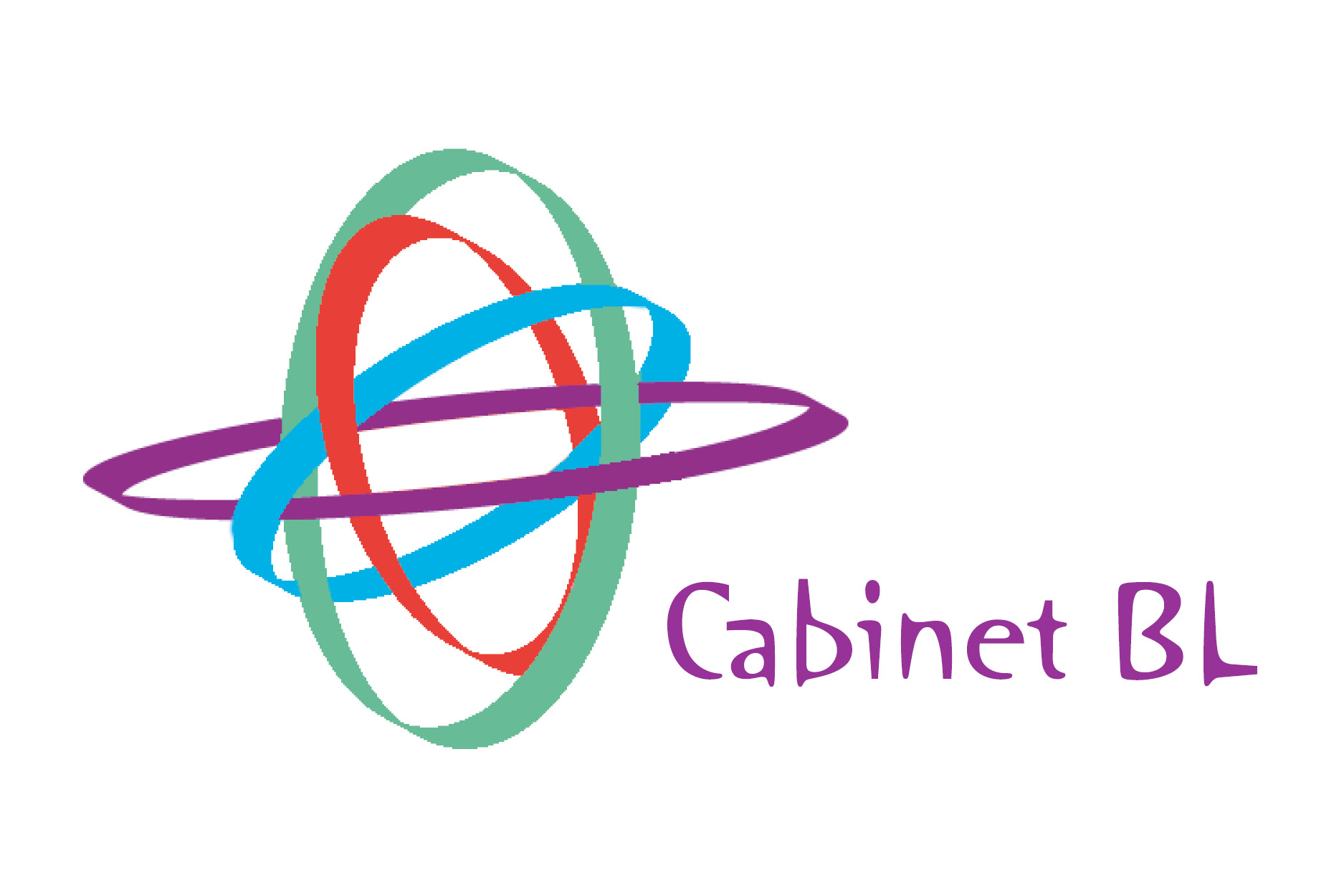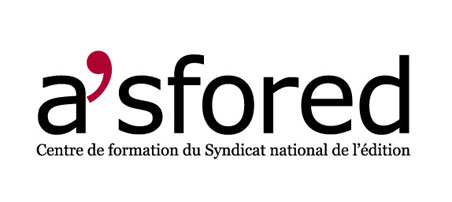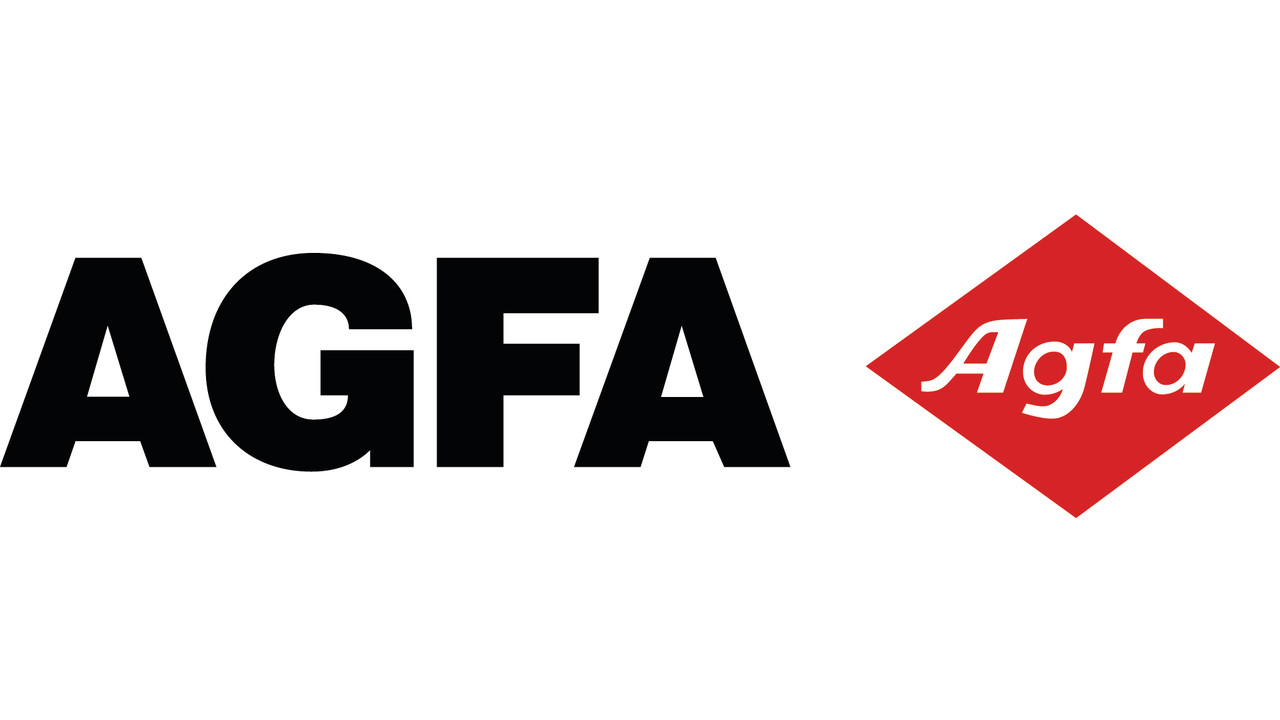On connaît l’adage : un journal, ça sert surtout à emballer du poisson. Ou à démarrer un bon feu.
Why do people still get print newspapers? Well, partly to start up the grill (seriously)
“Appropriating the newspaper is tied to non-news practices which are meaningful to the actors, although they might seem trivial to some scholars.”
The persistence of print — and why it matters
In a digital era dominated by mobile and social media, why do people still get print newspapers?
A new study in the journal New Media & Society — involving interviews with 488 news consumers in Argentina, Finland, Israel, Japan, and the United States, representing one of the largest interview-based studies of its kind — suggests that we have been thinking about this question the wrong way.
In much of communication research (and, we would add, much of the industry conversation about the transformation of news), a lot of emphasis is placed on “media-centric” factors such as content and technology — for example, on how people respond to different types of information, or on how various tools and platforms might influence the experiences people have and the preferences they express about media use. But, as the authors argue based on their extensive set of interviews, a “media-centric” focus is missing the point of how media are actually experienced by people in the day to day — and by recognizing that, by “de-centering” the media from our analysis, those who study journalism and communication can better appreciate exactly how media processes and everyday life are interwoven.
Also, by focusing on the tactile, social, and ritual experience of the print newspaper product rather than focusing on shiny digital replacements that get most of the attention these days, this study offers an important reminder: that there’s value in examining how and why “old” media (and the rituals and practices connected to them) tend to be stubbornly persistent — yes, even during periods when “new” media are ascendant. After all, the study notes, “there is still a sizable portion of the population who read newspapers in print and consume broadcast media. Understanding their practices can help illuminate valuable media reception dynamics.”
The authors — a multi-country team composed of Pablo J. Boczkowski, Facundo Suenzo, Eugenia Mitchelstein, Neta Kligler-Vilenchik, Keren Tenenboim-Weinblatt, Kaori Hayashi, and Mikko Villi — open their article with anecdotes about two men, one in Argentina and the other in Finland, who regularly get the newspaper, but not really for the news: instead, it’s to start up a fire for the barbecue (in Argentina) or to begin warming the wood-fired sauna stove (in Finland). “Despite the almost 13,000 km that (separates them),” the authors write, “there is a commonality between the practices by José and Antero: appropriating the newspaper is tied to non-news practices which are meaningful to the actors although they might seem trivial to some scholars. This commonality is crucial to answering the question of how and why people still get print newspapers in this age of mobile communication and social media.” [Ed. note: From Cook’s Illustrated a couple years back: “In our May/June 2016 issue, we included a note about how to properly pack the bottom of a charcoal chimney starter with newspaper, but some readers reported a problem: They no longer get a paper. One option: buy starters. We also wondered if there wasn’t a suitable alternative in the recycling bin.”]
The study was designed to cover five countries with key cultural, geographic, and linguistic differences and yet ones also with democratic governments and relatively high internet penetration. The resulting analysis was organized around three dimensions of media reception that stood out from the interviews: access, sociality, and ritualization.
First, access to the print newspaper ranged widely from country to country. “At one end, interviewees in Israel did not commonly mention either having a subscription or habitually purchasing single copies at the newsstand. Instead, they have newspapers brought in by someone else or access them freely as part of undertaking a non-media activity. At the other end, interviewees in Japan described an array of access options often tied to purchasing newspapers, including multiple home-based subscriptions, omnipresent in workplaces, and ease of access in ‘third spaces.’” Meanwhile, participants in Argentina, Finland, and the U.S. fell somewhere between those extremes. But the authors found these issues of access to be separate from issues of content and technology. Rather, they were connected to larger cultural habits, market dynamics, or other structural patterns not linked to the media themselves. Again, not “media-centric.”
With regard to the second dimension — sociality — the study revealed “the presence of generational and gender dynamics concerning choice, and the prevalence of individual reading.” Once again, these patterns are not the result of differences in content or technology. Rather, the authors write, they are byproducts of structural forces such as family traditions, national cultures, and, in some cases, “the persistence of larger patriarchal tendencies that shape media selection” (e.g., children reading what their father gives them to read). “This, in turn, helps put into broader conceptual perspective the common finding that age and gender influence newspaper consumption: the explanatory power of these factors derives from how they help structure daily life in general, instead of media reception in particular” (emphasis added).
Finally, with regard to ritualization, the authors find that interviewees have “highly ritualized everyday lives.” This is no real surprise on its own, but it serves as a reminder that people “fold their media reception into these rituals.” As the study makes clear: “people visit coffee shops and read newspapers they encounter there as part of the experience — but they do not go to coffee shops primarily to do this. Similarly, young interviewees visit their parents as part of family routines and read the newspaper they encounter in their households — but do not visit their parents primarily to get the news.” Notably, however, it was older interviewees who were more likely to have “sedimented” in their everyday rituals certain routinized ways of feeling, touching, and reading newspapers, which indicates how the interplay of everyday ritual and media practice may become embedded over time.
Overall, for media both old and new, by shifting attention away from content and technology features and instead looking at the broader experiences and understandings of people, we can pick up on cues that media-centric research may have missed about the essential features of media in everyday living.
Research roundup
The media conversation around race and Black activism in the U.S. tends to be drenched in nostalgia for the civil rights movement of the 1960s. Media and political discourse around the movement, as many scholars have found, oversimplifies it and tends to gloss over its more radical dimensions, treating it as a clean solution to racial problems that are safely in the past.
Jackson examines this facile memory of the civil rights movement in media coverage in 2014 and 2015 of the 50th anniversary of the Selma to Montgomery marches, the Voting Rights Act and Civil Rights Act, and the release of Ava DuVernay’s film “Selma.” Specifically, she looks at the ways this memory is used to delegitimize contemporary Black activism (in this case, the protests of Michael Brown’s killing by police).
Through her analysis, Jackson develops the concept of palliative neglect, in which past racism and the activism fighting it is ritualistically alluded to through vague phrases like “difficult history” without actually exploring it. Palliative neglect, she argues, is “a form of informational deprivation, a shrug at history, that leaves the public without the kinds of memory required to understand the cultural and political linkages between past and present.” She finds that it’s used to undermine today’s Black activism, but she also discusses the ways Black creators, scholars, and activists (like DuVernay and Melissa Harris-Perry) create counter-memory that offers a corrective to the oversimplified history of the dominant narrative.
Over the past decade, the question of how to report on scandalous or offensive remarks by right-wing politicians or commentators has been a seemingly ubiquitous one for journalists, particularly in places like Europe, Brazil, and the U.S. We’ve seen a tendency for those comments to be covered in an explicitly negative frame, but Ekström and colleagues argue that there are more dimensions to be analyzed, even within negative coverage.
They look at media coverage of these scandalous utterances through the concept of the spheres of consensus, legitimate controversy, and deviance that the news media use to structure political discourse. Looking at five case studies from across Europe, they find a range of responses — all negative, but differing in the degree to which they place the comments in the sphere of legitimate controversy.
Ekström and his colleagues find that journalists can inadvertently normalize these comments, even as they criticize them, in two ways: First, they juxtapose them with a (supposedly) balanced quote from a member of an opposing party condemning the language, and second, they sidestep the ethical dimensions of the comments by framing them as simply strategically provocative talk.
“Defining and measuring news media quality: Comparing the content perspective and the audience perspective.” By Philipp Bachmann, Mark Eisenegger, and Diana Ingenhoff, in The International Journal of Press/Politics.
“News gap in a digital news environment: Calibrating editorial importance from user-rated news quality and identifying user characteristics that close the news gap.” By Sujin Choi, in New Media & Society.
Many parts of the news industry have spent the last decade agonizing over the gaps between the kind of news they and their audiences prefer (thanks in part to increased reliance on metrics) and between the kind of news they and their audiences think is high-quality (thanks in part to the erosion of trust in the media). Two new studies have examined the latter element, exploring different angles of what we think of as news quality and finding that the gap in perceived news quality may be a bit smaller than we fear.
Bachmann and colleagues took a broad approach to news quality, working to develop a comprehensive definition of what it is and how we might measure it. They identified four dimensions: Relevance (a preference for broad, societal implications), contextualization, professionalism (objectivity, transparency of sources, independent reporting), and diversity (in content and geography). In a study of Swiss media, they found that audiences’ and media scholars’ assessments of news quality were largely similar. This, they suggested, could be evidence that scholars’ notions of news quality rooted in a deliberative ideal of democracy may have some purchase among the public as well.
Choi looked more closely at the comparison between audiences’ perceptions of news quality and the importance editors place on news items. Choi surveyed South Koreans about the quality of 1,500 news articles, and had two editors evaluate the importance they were given based on cues like headline and print placement. She found that audiences’ news quality judgments tracked closely with the articles’ editorial importance, and closer still when audiences had prior knowledge of the issue at hand. The relationship was also closer when audiences had strong ideological attitudes, but those attitudes tended to operate independently of issue knowledge when evaluating news quality.
In the U.S. in particular, media coverage of — and public interest in — gun violence is notorious for peaking after each mass shooting and then quickly subsiding thereafter. The reasons for this waxing and waning are complex, ranging from the ideological (a purposeful downplaying by a significant part of the political sphere) to the structural (the news media’s attention span is famously short regarding many other issues as well). But Guo and her colleagues were particularly interested in the attributes of the coverage itself: What type of media framing of the issue makes it more prominent in the public’s mind?
One of the concepts around which Guo and company organized this study is that of episodic and thematic framing — the idea that framing an issue as an individual episode or as connected to larger thematic issues have different effects on audience perceptions of the issue. Scholars have often seen thematic framing as a more responsible and illuminating way of covering an issue by tying it to structural and systemic factors, though episodic framing can pack a larger emotional punch.
Through a computational analysis of U.S. coverage of gun violence and a survey of the American public, Guo and her colleagues found that mainstream media’s episodic framing of gun violence was more effective than thematic framing at influencing audiences to perceive the issue as important — but only for conservatives. (Liberals, they found, already overwhelmingly saw the issue as important, so there wasn’t much news coverage could do to move the needle further.) But when conservatives saw conservative media framing gun violence episodically, they saw it as less important. The authors posited that the emotional power of episodic framing works in both directions — to frame it as either an important or unimportant issue.
Journalism isn’t quite a profession in the same way that, say, doctors and lawyers are, but journalists do maintain one core aspect of professions: They love to form and join professional organizations. From massive organizations such as WAN-IFRA and the U.S.’ National Association of Broadcasters to tiny regional groups, professional organizations play a significant role in structuring the journalistic field. Sherrill and a group of University of Alabama researchers took a historical and contemporary look at precisely how that role has manifested itself, particularly in light of the state of crisis in the news business.
Sherrill and her colleagues conducted a population ecology of U.S. journalism professional associations, looking at the historical development of 470 past and current associations, and analyzed the websites of 84 associations. They found that by their own description, associations play a largely internal role, focusing on educating and training journalists, rather than centering on bigger-picture issues or on bolstering the profession’s relationship with other areas of society through public messaging or lobbying.
They concluded that the financial disruption of the news business has narrowed many associations’ focus to the day-to-day necessities of saving money, navigating unfamiliar technologies, and understanding audience behavior. “Metaphorically,” they wrote, “the priority is spotting life-rafts rather than envisioning better systems for shipping.” One encouraging secondary trend, though, is the spike in recent decades in the stated importance of diversity, owing largely to the founding of identity-oriented associations in the 1970s through 1990s and their continued growth.
Surveillance is a fact of life for many journalists around the world, one that deeply affects both how they’re able to do their jobs as well as their physical safety and psychological well-being. Through 50 interviews with Pakistani journalists, Jamil provided an in-depth look at how surveillance plays out in their professional and personal worlds.
Jamil used Foucault’s concept of panopticism as a framework, explaining how Pakistani officials use surveillance as an instrument of discipline and control. The journalists she spoke with were all surveilled by the government and intelligence agencies, as well as political parties and other organizations. Much of that surveillance was in the open, meant to intimidate, but much was also covert. Notably, there was little difference in experiences of surveillance across coverage area or specialty. Though panopticism allows for a positive dimension of surveillance in increased adherence to journalistic norms as a response, Jamil found that its effects on journalists’ work and lives are deeply damaging and troubling.






